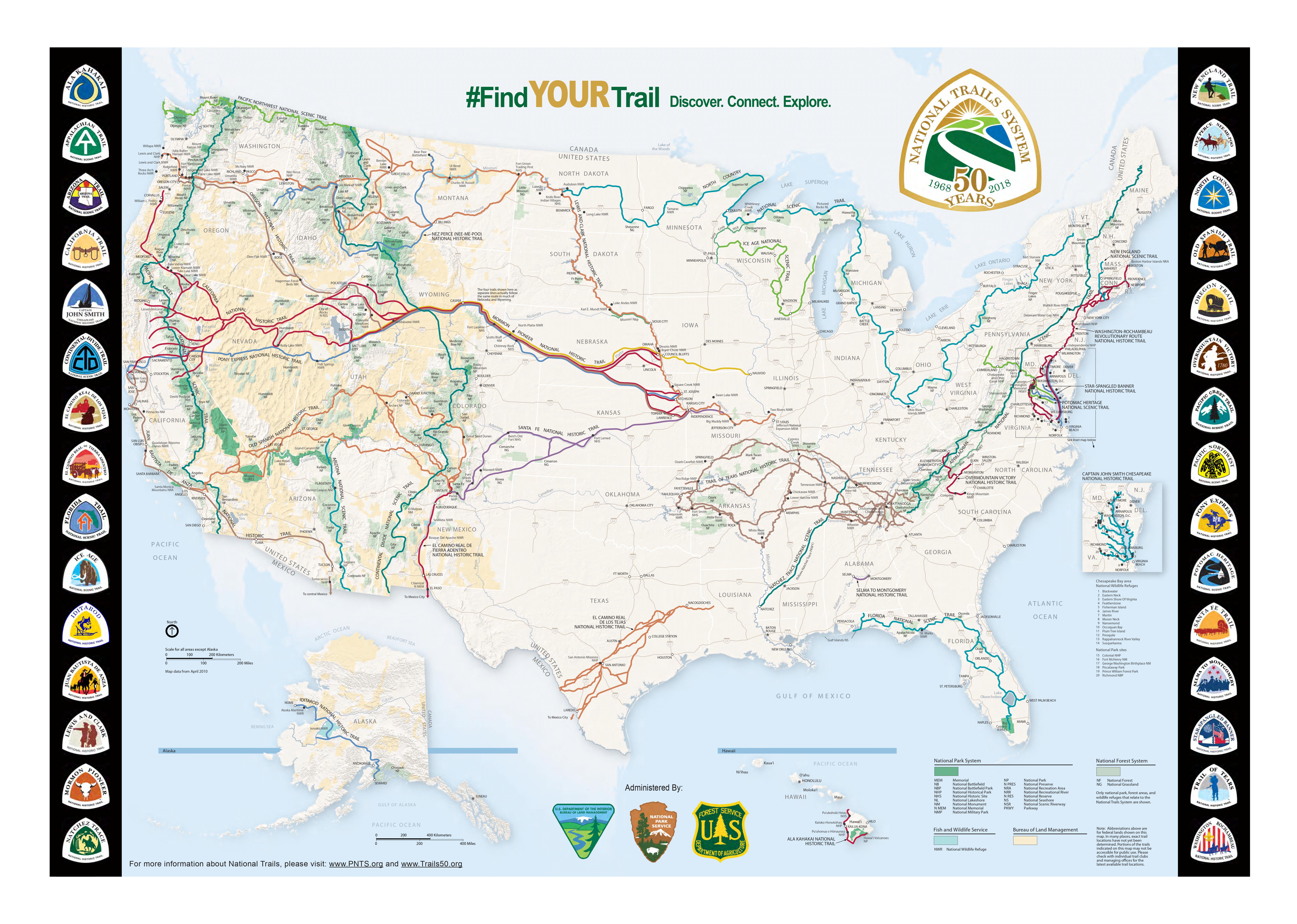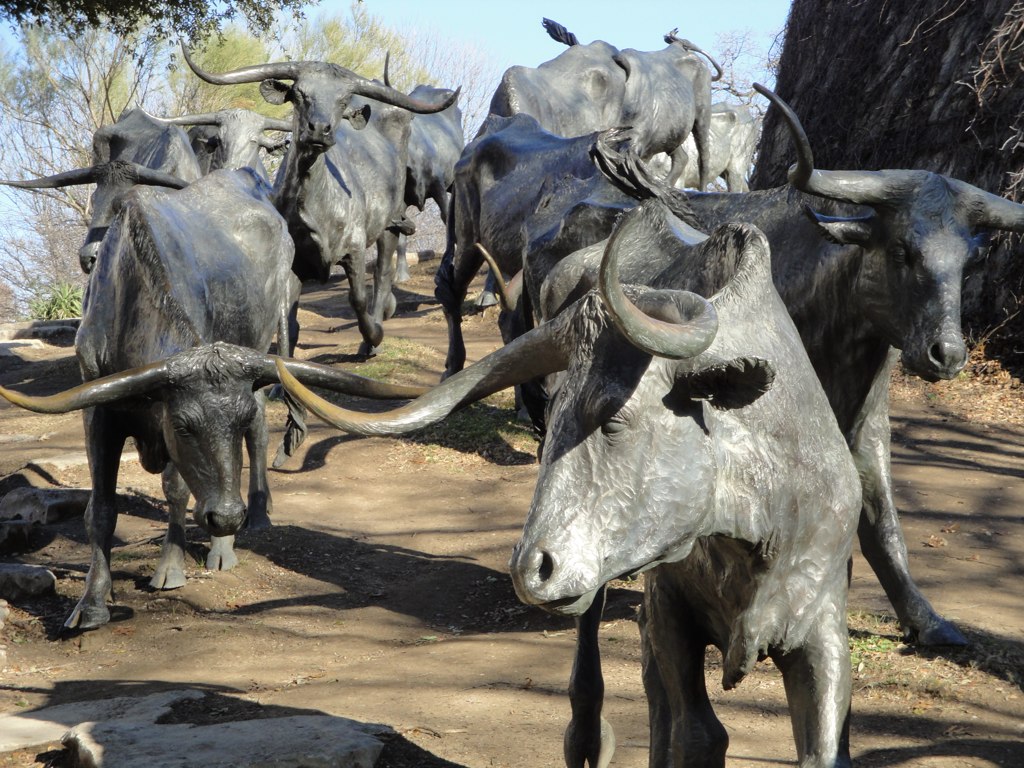|
Pryor, OK
Pryor Creek or Pryor''Oklahoma Atlas & Gazeteer,'' DeLorme, 1st Edition, 1998, p. 36 is a city in and county seat of Mayes County, Oklahoma, United States. The population was 8,659 at the 2000 census and 9,539 in the 2010 census. Originally named ''Coo-Y-Yah'', Cherokee for "place of the huckleberries", it was renamed Pryor Creek in 1887 which was the name of the local railroad station, which in turn was named for the nearby creek. Due to confusion in distinguishing handwritten mailing addresses to Pryor Creek and Pond Creek, the U.S. Postal Service name for the city was shortened to Pryor, and both names are in common usage. History In the early 1800s, treaties with the Cherokee, Osage, and Choctaw gave the tribes allotments in Indian Territory in the region that would become Oklahoma. [...More Info...] [...Related Items...] OR: [Wikipedia] [Google] [Baidu] |
City
A city is a human settlement of notable size.Goodall, B. (1987) ''The Penguin Dictionary of Human Geography''. London: Penguin.Kuper, A. and Kuper, J., eds (1996) ''The Social Science Encyclopedia''. 2nd edition. London: Routledge. It can be defined as a permanent and densely settled place with administratively defined boundaries whose members work primarily on non-agricultural tasks. Cities generally have extensive systems for housing, transportation, sanitation, utilities, land use, production of goods, and communication. Their density facilitates interaction between people, government organisations and businesses, sometimes benefiting different parties in the process, such as improving efficiency of goods and service distribution. Historically, city-dwellers have been a small proportion of humanity overall, but following two centuries of unprecedented and rapid urbanization, more than half of the world population now lives in cities, which has had profound consequences for g ... [...More Info...] [...Related Items...] OR: [Wikipedia] [Google] [Baidu] |
Pond Creek, Oklahoma
Pond Creek is a city in Grant County, Oklahoma, Grant County, Oklahoma, United States, along the Salt Fork Arkansas River. As of the 2010 United States Census, 2010 census, the city population was 856, a 4.5 percent decline from the figure of 896 in 2000. History Before people of European descent came on the scene, the region around the present town of Pond Creek was traversed by many of the nomadic Native Americans of the Great Plains. Although the land is now heavily agricultural there are still traces of campsites along the numerous creeks of the drainage of the Salt Fork Arkansas River, Salt Fork of the Arkansas River. When many of the Native American groups were moved onto reservations in what is now Oklahoma, towns and trading posts were established. Eventually the present-day Oklahoma was divided into Oklahoma Territory and Indian Territory. The history of Pond Creek and the surrounding area can be easily confused with other streams called Pond Creek (see e.g.). The present ... [...More Info...] [...Related Items...] OR: [Wikipedia] [Google] [Baidu] |
Leon C
Leon, Léon (French) or León (Spanish) may refer to: Places Europe * León, Spain, capital city of the Province of León * Province of León, Spain * Kingdom of León, an independent state in the Iberian Peninsula from 910 to 1230 and again from 1296 to 1301 * León (historical region), composed of the Spanish provinces León, Salamanca, and Zamora * Viscounty of Léon, a feudal state in France during the 11th to 13th centuries * Saint-Pol-de-Léon, a commune in Brittany, France * Léon, Landes, a commune in Aquitaine, France * Isla de León, a Spanish island * Leon (Souda Bay), an islet in Souda Bay, Chania, on the island of Crete North America * León, Guanajuato, Mexico, a large city * Leon, California, United States, a ghost town * Leon, Iowa, United States * Leon, Kansas, United States * Leon, New York, United States * Leon, Oklahoma, United States * Leon, Virginia, United States * Leon, West Virginia, United States * Leon, Wisconsin (other), United States, severa ... [...More Info...] [...Related Items...] OR: [Wikipedia] [Google] [Baidu] |
Talala, Oklahoma
Talala is a town in Rogers County, Oklahoma, United States. The population was 273 at the 2010 census. History The Talala Post Office was established June 23, 1890. Talala was named for Captain John Talala of the 3rd Regiment, Indian Home Guard and a prominent Cherokee. It is mentioned in the Talala History Book that the word ta la la is associated with the tapping of a woodpecker's bill, which the woodpecker is a red-headed woodpecker that had these numerous birds there and even today. ''Talala'' is a Cherokee word for the Red-Headed Woodpecker.Jon D. May, "Talala," ''Encyclopedia of Oklahoma History and Culture''. Accessed April 27, 2015. An Indian made this discovery and so the town has taken this bird as part of its legacy, erecting signs on the North ... [...More Info...] [...Related Items...] OR: [Wikipedia] [Google] [Baidu] |
National Trail System
The National Trails System is a series of trails in the United States designated "to promote the preservation of, public access to, travel within, and enjoyment and appreciation of the open-air, outdoor areas and historic resources of the Nation". There are four types of trails: the national scenic trails, national historic trails, national recreation trails, and connecting or side trails. The national trails provide opportunities for hiking and historic education, as well as horseback riding, biking, camping, scenic driving, water sports, and other activities. The National Trails System consists of 11 national scenic trails, 19 national historic trails, over 1,300 national recreation trails, and seven connecting and side trails, as well as one national geologic trail, with a total length of more than . The scenic and historic trails are in every state, and Virginia and Wyoming have the most running through them, with six. In response to a call by President Lyndon B. Johnson ... [...More Info...] [...Related Items...] OR: [Wikipedia] [Google] [Baidu] |
Jefferson Highway
The Jefferson Highway was an automobile highway stretching through the central United States from New Orleans, Louisiana, to Winnipeg, Manitoba, Canada. The Jefferson Highway was replaced with the new numbered US Highway system in the late 1920s. Portions of the highway are still named Jefferson Highway, for example: the portions that run through Jefferson Parish, Louisiana; East Baton Rouge Parish, Louisiana; Lee's Summit, Missouri; Osseo, Minnesota; and Wadena, Minnesota. It was built in the 1910s as part of the National Auto Trail system. Named for President Thomas Jefferson, inspired by the east–west Lincoln Highway, it was nicknamed the "Palm to Pine Highway", for the varying types of trees found at either end. History The southern terminus of the Jefferson Highway was in New Orleans, Louisiana at the intersection of St. Charles Avenue and Common Street. It is marked by a six-foot tall Georgia granite obelisk donated by the New Orleans chapter of the Daughters ... [...More Info...] [...Related Items...] OR: [Wikipedia] [Google] [Baidu] |
Oklahoma Historical Society
The Oklahoma Historical Society (OHS) is an agency of the government of Oklahoma dedicated to promotion and preservation of Oklahoma's history and its people by collecting, interpreting, and disseminating knowledge and artifacts of Oklahoma. The mission of the OHS is to collect, preserve, and share the history and culture of the state of Oklahoma and its people. The society has the rare distinction of being both a Smithsonian Institution and National Archives and Records Administration affiliate. History The OHS was formed in May 1893, 14 years before Oklahoma became a state, by the Oklahoma Territorial Press Association. The initial function of the OHS was to collect and distribute newspapers published in Oklahoma Territory. The society was declared an agency of the territorial government in 1895, and it became an official state government agency when Oklahoma reached statehood in 1907. The OHS is both a private, membership organization and an Oklahoma government agency. Th ... [...More Info...] [...Related Items...] OR: [Wikipedia] [Google] [Baidu] |
Texas Road
The Texas Road, also known as the Shawnee Trail, Sedalia Trail, or Kansas Trail, was a major trade and emigrant route to Texas across Indian Territory (later Oklahoma, Kansas, and Missouri). Established during the Mexican War by emigrants rushing to Texas, it remained an important route across Indian Territory until Oklahoma statehood. The Shawnee Trail was the earliest and easternmost route by which Texas Longhorn cattle were taken to the north. It played a significant role in the history of Texas, Oklahoma, Missouri, and Kansas in the early and mid-1800s. The Shawnee Trail route "Of the principal routes by which Texas Longhorn cattle were taken afoot to railheads to the north, the earliest and easternmost was the Shawnee Trail. Used before and just after the Civil War, the Shawnee Trail gathered cattle from east and west of its main stem, which passed through Austin, Waco, and Dallas. It crossed the Red River at Rock Bluff, near Preston, and led north along the eastern edge ... [...More Info...] [...Related Items...] OR: [Wikipedia] [Google] [Baidu] |
Chouteau, Oklahoma
Chouteau is the second-largest town in Mayes County, Oklahoma, United States. The population was 2,097 at the 2010 census, an increase of 8.6 percent over the figure of 1,931 recorded in 2000. Geography Chouteau is located at . According to the United States Census Bureau, the town has a total area of , all land. The town is situated near the junction of U.S. Routes 69 and 412. History Chouteau, originally called Cody's Creek, became a stop on the Katy railroad in 1871. It soon became a thriving cattle town.''Encyclopedia of Oklahoma History and Culture''. Hastings, Virginia Lindse The name was changed to Chouteau after the creek that flows north of town that was named for French fur trader Auguste Pierre Chouteau from the Chouteau family. Auguste created the first permanent white settlement in present-day Salina, Oklahoma. Demographics As of the 2010 census Chouteau had a population of 2,097. The racial and ethnic composition of the population was 74.9% white, 0.2% bla ... [...More Info...] [...Related Items...] OR: [Wikipedia] [Google] [Baidu] |
Nathaniel Hale Pryor
Nathaniel Hale Pryor (1772–1831) served as Sergeant in the Lewis and Clark Expedition. Early life and family Nathaniel Pryor was born in Amherst County, Virginia and was a cousin of fellow expedition member Charles Floyd. A letter written by Sam Houston to President Andrew Jackson on Pryor's behalf noted that Pryor was a first cousin to John Floyd, governor of Virginia. Nathaniel was the son of John Pryor and his wife Nancy Floyd. The Pryor and Floyd families moved to Kentucky when he was eleven. Both parents were deceased by 1791 when Nathaniel and his brother Robert were recorded as orphans in Jefferson County court records, and apprenticed to Obediah Newman. It is interesting to note that Nathaniel, Robert, and their other Floyd cousins, were great-grandchildren (x3) of Nicketti, identified as a daughter of Powhatan and sister of Pocahontas. Nathaniel married Margaret Patton on May 17, 1798, it is believed she died young, but they were still married in October 1803 wh ... [...More Info...] [...Related Items...] OR: [Wikipedia] [Google] [Baidu] |
Indian Territory
The Indian Territory and the Indian Territories are terms that generally described an evolving land area set aside by the Federal government of the United States, United States Government for the relocation of Native Americans in the United States, Native Americans who held aboriginal title to their land as a sovereign independent state. In general, the tribes ceded land they occupied in exchange for Land grant#United States, land grants in 1803. The concept of an Indian Territory was an outcome of the US federal government's 18th- and 19th-century policy of Indian removal. After the Indian Territory in the American Civil War, American Civil War (1861–1865), the policy of the US government was one of Cultural assimilation of Native Americans#Americanization and assimilation (1857–1920), assimilation. The term ''Indian Reserve (1763), Indian Reserve'' describes lands the Kingdom of Great Britain, British set aside for Indigenous tribes between the Appalachian Mountains and t ... [...More Info...] [...Related Items...] OR: [Wikipedia] [Google] [Baidu] |





.jpg)
